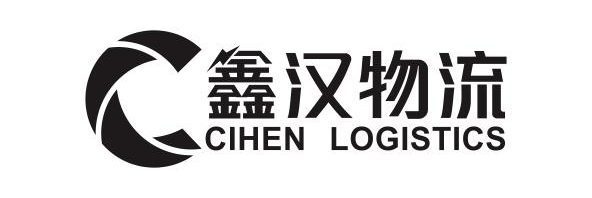Recently, cross-border e-commerce logistics, payment thunder…… In order to alleviate the shortage of goods, some logistics providers have to take actions such as loans and mortgages to make up for it. However, due to the rejection of loans, the capital chain is broken, and a large number of sellers are charged demurrage fees.
Fortunately, the logistics business did not escape the problem pile burden, but actively seek solutions. However, from this incident, we can also see that all links of cross-border e-commerce chain are closely linked. If there is a problem at one node, the whole supply chain will suffer and the seller will also be caught by the door of death.
All chains of cross-border sellers share weal and woe
Since the beginning of this year, cross-border e-commerce sellers have suffered from price increases in raw materials and logistics costs. International inflation has led to constant changes in market prices, forcing sellers to float their final product margins and multiplying cash flow risks.
“Raw material costs have been rising all the way, and upstream suppliers have been forced to keep up with the price increase. This year, we need to solve the problem of cash flow first to prepare for Prime Day,” Guo Yachao, CEO of Shenzhen Weizhi, told Hugo Cross-border.
In the case of unstable cash flow, the delivery period between the seller and the supplier may be extended. In case of unstable logistics timeliness, the seller will also be “tied up” in the process of preparing for Prime Day.
Of course, the seller’s capital flow is not only affected by the front-end raw materials, logistics cost price rise, the back end of the capital return is also a very important part. Front-end capital preparation should be adequate, back-end capital recovery should also be timely.
In terms of capital, consumers have more and more options in terms of payment methods due to the upgrading of consumption in overseas markets. Especially in recent years, the rapid rise of localized payment methods for different countries and regions, different regions of consumer wealth habits are becoming increasingly different, buy before pay, online payment, offline delivery and other new payment scenarios emerge in an endless stream.
All these trends and changes urge overseas retailers to grasp the payment characteristics of overseas local markets in time and improve consumption experience by optimizing payment links. At the same time, payment service providers corresponding to the cross-border e-commerce industry are also upgrading at the same time, financing, acquisition and other actions.
PhonePe, the digital payments arm of Walmart’s retail platform, acquired WealthDesk and OpenQ to expand its footprint. Shopee has obtained a local payment license in Brazil; Klarna, a Swedish payments giant, plans to raise $1 billion in a fundraising; Southeast Asian payments platform Xendit has raised $300 million in Series D funding… Both platforms and payment service providers gradually return to the essence of service from solving problems such as user capital flow, information flow and sales terminal
